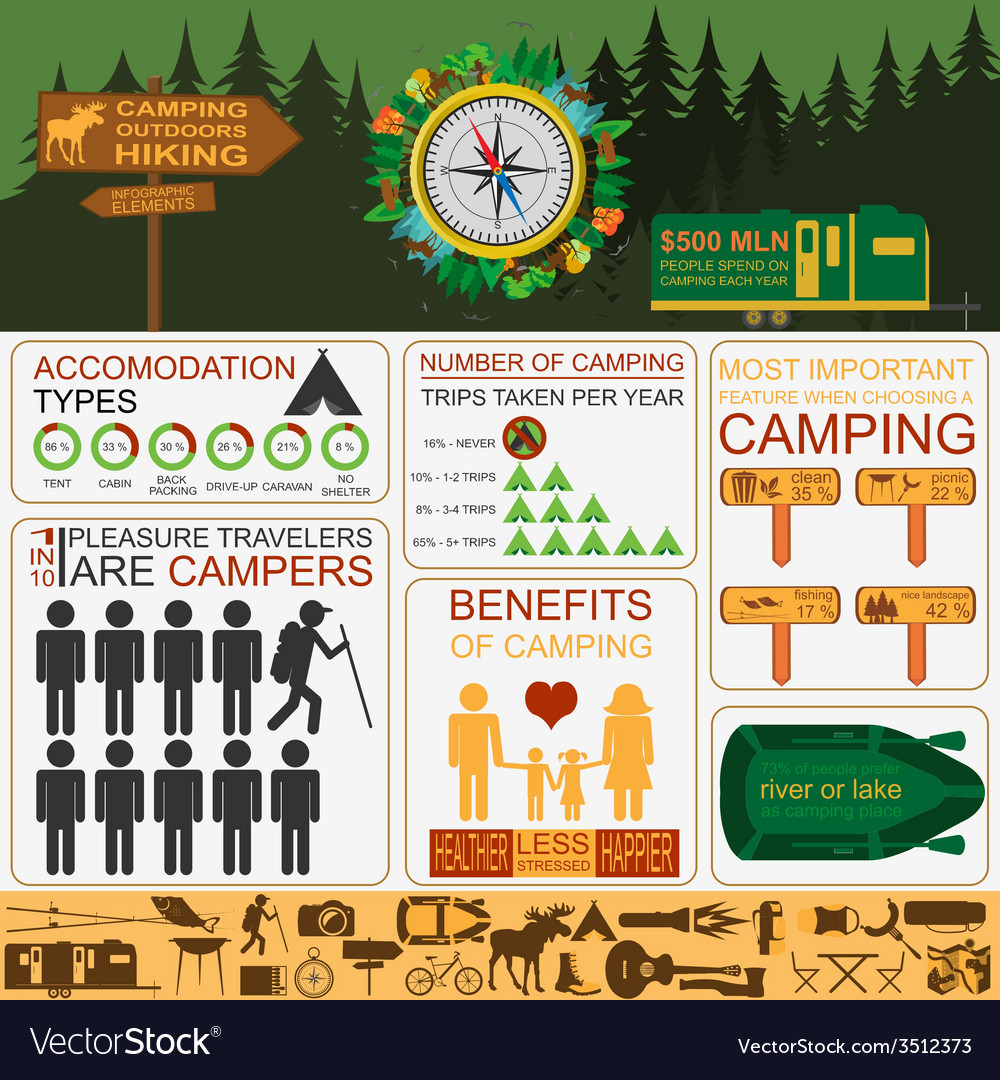Winter season camping is an enjoyable and adventurous experience, however it requires correct gear to guarantee you stay cozy. You'll need a close-fitting base layer to catch your body heat, along with an insulating jacket and a water-proof shell.
You'll likewise require snow risks (or deadman anchors) buried in the snow. These can be connected making use of Bob's brilliant knot or a normal taut-line drawback.
Pitch Your Camping tent
Winter outdoor camping can be a fun and daring experience. Nonetheless, it is very important to have the proper equipment and know how to pitch your camping tent in snow. This will avoid chilly injuries like frostbite and hypothermia. It is additionally important to eat well and remain hydrated.
When establishing camp, make certain to pick a site that is sheltered from the wind and free of avalanche danger. It is likewise a good idea to load down the area around your tent, as this will certainly help in reducing sinking from body heat.
Before you established your camping tent, dig pits with the same dimension as each of the support points (groundsheet rings and man lines) in the center of the tent. Load these pits with sand, rocks and even stuff sacks full of snow to small and protect the ground. You might likewise intend to think about a dead-man anchor, which entails linking tent lines to sticks of wood that are buried in the snow.
Load Down the Location Around Your Camping tent
Although not a requirement in a lot of locations, snow risks (likewise called deadman supports) are a superb enhancement to your outdoor tents pitching kit when outdoor camping in deep or compressed snow. They are generally sticks that are created to be buried in the snow, where they will freeze and develop a strong tent durability anchor point. For ideal outcomes, utilize a clover hitch knot on the top of the stick and hide it in a couple of inches of snow or sand.
Set Up Your Outdoor tents
If you're camping in snow, it is an excellent idea to use an outdoor tents created for wintertime backpacking. 3-season tents function fine if you are making camp below tree zone and not anticipating particularly severe climate, however 4-season outdoors tents have stronger posts and fabrics and offer more security from wind and heavy snowfall.
Make certain to bring ample insulation for your resting bag and a warm, completely dry inflatable floor covering to sleep on. Blow up mats are much warmer than foam and aid avoid cool areas in your outdoor tents. You can likewise include an extra floor covering for sitting or food preparation.
It's also a great idea to establish your outdoor tents near to an all-natural wind block, such as a group of trees. This will certainly make your camp extra comfy. If you can't find a windbreak, you can develop your own by digging holes and hiding items, such as rocks, outdoor tents stakes, or "dead man" anchors (old outdoor tents man lines) with a shovel.
Restrain Your Tent
Snow stakes aren't essential if you use the ideal strategies to anchor your camping tent. Hidden sticks (maybe gathered on your strategy hike) and ski posts function well, as does some version of a "deadman" hidden in the snow. (The idea is to produce a support that is so strong you will not be able to draw it up, even with a lot of initiative.) Some suppliers make specialized dead-man anchors, however I favor the simpleness of a taut-line hitch linked to a stick and after that buried in the snow.
Recognize the terrain around your camp, specifically if there is avalanche risk. A branch that falls on your outdoor tents might damage it or, at worst, harm you. Additionally be wary of pitching your camping tent on an incline, which can catch wind and bring about collapse. A sheltered area with a reduced ridge or hillside is far better than a steep gully.
